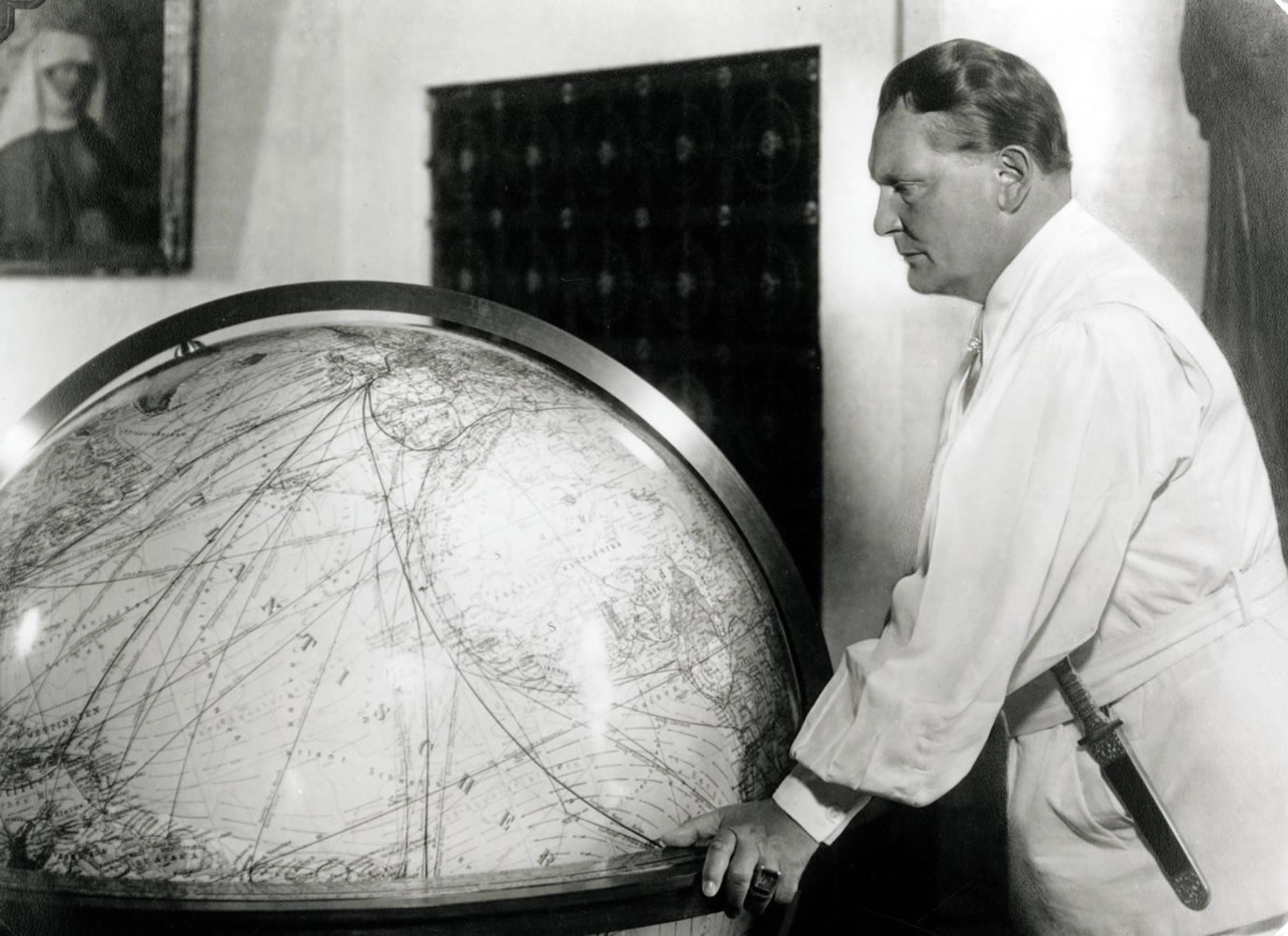BERLIN — The miniature half-timbered houses are crafted by hand and decorated with wreaths. Tiny figures lean out of the windows, among them a man in uniform with a swastika armband giving a “Heil Hitler” salute.
One shoebox-sized building has a row of shops; another is lined with balconies and flower boxes. They may have been part of a model railway set owned by Hermann Goering, Adolf Hitler’s right-hand man in the Nazi Party and commander-in-chief of the Luftwaffe. He owned two train sets together covering 4,305 square feet at his country estate.
“We can date these houses from between 1933 and 1945,” says Frank Beseke, a legal specialist working for the German government. “We have a lot of other things that belonged to Goering, which suggests these may well have come from Carinhall too,” he says, referring to the Reichsmarschall’s home north of Berlin.
Today, they sit on a shelf in a government depot in Berlin, where Angelika Enderlein, an art historian employed by the government, is researching the ownership of a trove of unclaimed paintings, sculptures and other items. Some were plundered from Jewish families; some belonged to Nazi leaders.
Thousands of treasures were discovered in mines, caves, palaces and depots and assembled at a collecting point in Munich by the U.S. and British Monuments, Fine Arts and Archives unit.
“It would have been helpful if the Allies had given us more information,” Enderlein smiles, holding up two blue cards documenting the model houses. They are blank on the back, giving no clue of the previous owners.
A morphine addict who kept pet lions, jangled emeralds like small change in his pockets and built up a huge stash of stolen art, Goering also loved toys.
Photos show him displaying his train sets to houseguests including Hitler and the Hungarian leader Miklos Horthy in the attic and basement of Carinhall.
After moving his collection to Bavaria, Goering ordered Carinhall to be dynamited to prevent it falling into Soviet hands. The fate of the model trains is unknown, Enderlein says.
The intriguingly named Federal Office for Central Services and Unresolved Property Issues, where Enderlein and Beseke work, is based in the eastern Berlin district of Pankow.
Its tasks include handling claims for compensation and restitution from victims of Nazi theft, and for those expropriated by the communist East German regime.
The office also inherited about 2,300 unclaimed paintings, graphics, sculptures and artifacts, along with 10,000 coins and books from the Allied depots at the end of World War II.
Enderlein says the provenance of about 1,900 artworks has so far been investigated. Forty-one have been restituted to heirs. Most of the rest are on loan to German museums and are searchable online.



